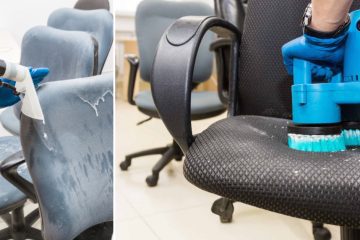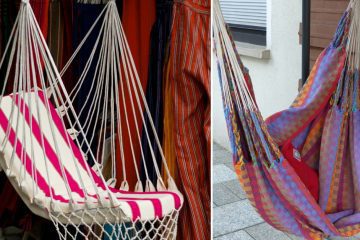A slipcover is a removable fabric cover that goes over upholstery to protect it or change its appearance. Loose, baggy slipcovers can look sloppy and get dislodged easily. Custom-fitted slipcovers have a tailored, professional look and stay snugly in place even with everyday use. The key to getting a flawless fit is to accurately measure your chair before ordering or sewing your slipcover. This comprehensive guide will walk you through how to measure chairs for slipcover of armchairs, recliners, dining chairs, and office chairs. With these tips, you’ll end up with a slipcover that hugs every contour of your furniture perfectly.
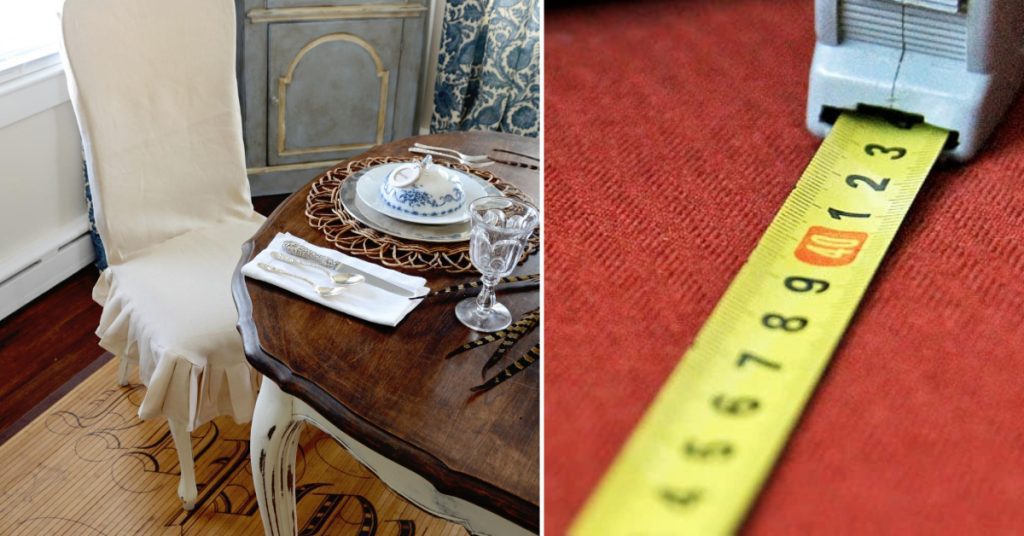
Why Proper Measurement Matters
Measuring precisely before sewing or ordering a tailored slipcover is crucial for several reasons:
- Avoid issues with fit – Even being 1-2 inches off in your numbers can result in a loose, ill-fitting cover. This looks sloppy and allows the cover to shift around.
- Get a professional look – A slipcover that smoothly drapes over the furniture with no sagging or bunching looks classy and custom-made.
- Save time and money – Getting measurements right the first time prevents having to redo work or order a second cover if the first doesn’t fit.
- Match patterns – For fabric with a motif or directional prints, proper measurements ensure you can match up patterns from one panel to the next.
- Function properly – A well-fitted slipcover won’t interfere with the working features of a recliner or office chair.
Materials Needed for Measuring
Before getting started, gather these supplies:
- Measuring tape – A retractable fabric tape measure lets you take all measurements smoothly without bending a rigid tape.
- Pen and paper – Having a notebook lets you neatly record all measurements for reference later.
- Painter’s tape or chalk – Use removable tape or chalk to mark measurement points on the chair. This helps ensure accuracy.
- Camera – Taking photos of the furniture from all angles can help document the shape and any irregularities.
- Clips or pins – Clips are useful for temporarily holding tape measures in place on curved surfaces while measuring.
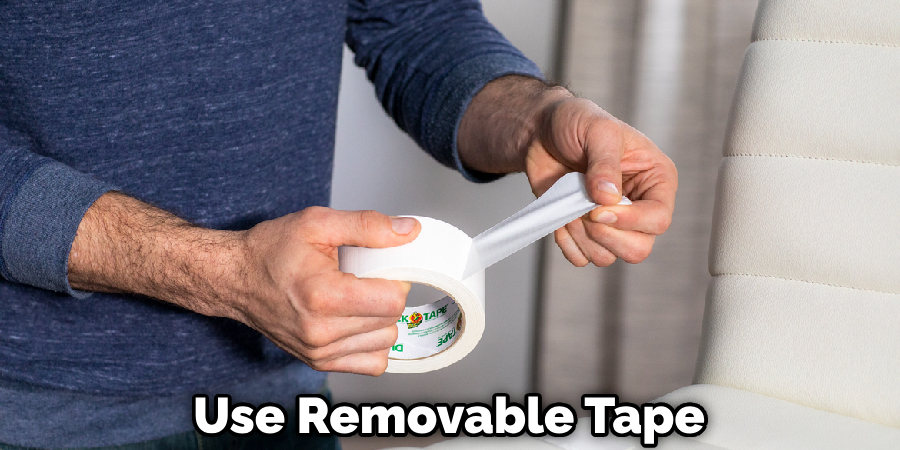
Measuring 4 Different Chair Types
The specific measurements needed will vary slightly depending on the style of chair:
1. Armchairs
For a standard armchair, you’ll need to measure:
- Height – From the floor to the top of the chair back
- Width – Across the widest point from arm to arm
- Depth – From the front edge of the seat to the back
- Arms – Height, width, depth and thickness of the arms
- Seat width and depth – From edge to edge and front to back
2. Recliners
For a reclining armchair, measure all the armchair dimensions, plus:
- Reclined length – With the footrest fully extended
- Arm width reclined – The arms may widen when extended
3. Dining Chairs
For dining room chairs, take these measurements:
- Height – Floor to the top of the chair back
- Width – Side to side at the widest spot front and back
- Depth – Seat front to back; chair front to back
- Seat width and depth – Edge-to-edge and front-to-back
- Arm height and width (if arms are present)
4. Office Desk Chairs
For office chairs, measure:
- All dimensions – Both raised and lowered
- Armrests – Height, width, thickness
- Seat depth and width
- Backrest width
- Adjustable lumbar support panel
7 Easy Step-by-Step Guide for How to Measure Chair for Slipcover
Follow these steps to capture all the key measurements for your chair:
Step 1: Measure chair height
Use a measuring tape to determine the height from the floor to the top of the chair back. For dining chairs with a slatted back, measure to the tallest slat. Record this number.
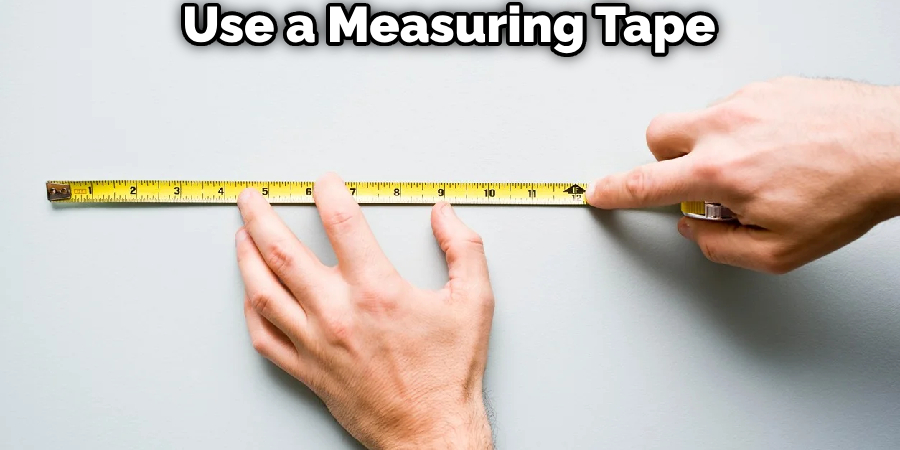
Step 2: Measure width
Measure the widest spot from arm to arm across the front of the chair. Also, take a width measurement across the back of the chair. These numbers may vary based on the chair shape.
Step 3: Measure depth
Determine the total depth by measuring from the very front edge of the chair seat to the back. For dining chairs, also measure from the front chair legs to the back legs since there may be a slight difference.
Step 4: Measure arms
For chairs with arms, measure the arm height from the seat to the top. Then measure the width from front to back, the thickness from the inside to outside, and the length running from front to back. Take all arm measurements on both sides since they may differ slightly.
Step 5: Measure seat width and depth
Measure seat width from the inner arm edge to the inner arm edge across the front. For depth, measure from the very front of the seat to the back at the deepest spot.
Step 6: Measure cushions
If the chair has removable cushions, measure width, length, thickness, and any tapered corners or irregular shapes.

Step 7: Document shapes and features
Note any unique architectural details like sloped arms, angled backs, customizable features like adjustable headrests, and the dimension and location of any buttons, seams, or decorative accents.
5 Tips for Accurate Measurements
Use these tips for taking foolproof measurements:
- Work slowly and double-check all numbers before cutting any fabric. It’s easy to miss a digit or reverse numbers.
- Round up fractions of inches to the nearest whole inch. A little extra room is better than cover pieces cutting off circulation!
- Note grain line and pattern repeat on printed fabrics. This information ensures you can properly align patterns.
- Mark measurements directly on the chair with painter’s tape or chalk. Snapping photos also helps document numbers.
- Don’t pull the measuring tape too tight or let it sag. Keep it gently flush against surfaces for true dimensions.
Ordering Your Custom Slipcover
Once you’ve recorded all the key measurements, it’s time to buy or make your slipcover.
1. Sizing
Provide your exact measurements to a professional slipcover maker for a truly custom product. Alternatively, if they offer standard sizes, select the closest larger dimensions to your numbers.
2. Fabrics
Consider performance factors like durability and cleanability along with the color and pattern you want. Cotton duck cloth or twill wear well. Printed cotton blends add flair. Leather and microfiber offer luxury.
3. Slipcover makers
Hire a local upholstery shop or search sites like Etsy for sewists who make custom slipcovers. Review examples of their work to ensure quality.
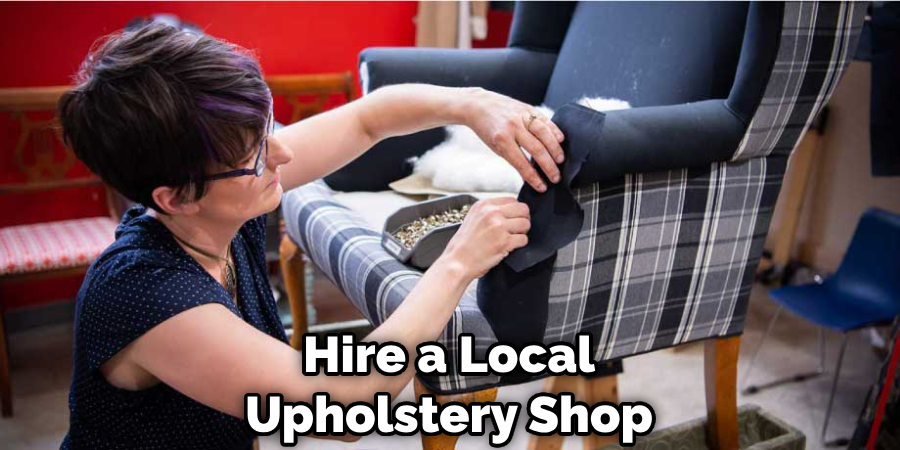
4. DIY guide
Sew your own following an online guide or purchased pattern if you’re experienced with upholstery work. Allow plenty of time to get the tailored fit right.
FAQs About How to Measure Chair for Slipcover
What Are the Key Measurements for Chairs?
Key measurements for chairs include seat height, seat depth, seat width, seat slope, back height, back slant, armrest height, armrest dimensions, armrest spacing, lounge chair dimensions, and general chair dimensions. These measurements are essential for determining the comfort, ergonomics, and overall fit of a chair, ensuring that it meets the needs and preferences of its users.
What is the Best Chair Depth?
The best chair depth varies depending on the individual’s body size and preferences. Generally, the seat depth should support the hips and legs while providing a 1-2 inch space between the front edge of the seat and the back of the knees]. For standard office chairs, the seat depth typically ranges from seventeen to eighteen inches. However, it is important to note that this depth may be too large for shorter individuals. The recommended seat depth is around 16.5 inches for fixed seats and 14-18.5 inches for adjustable seats. Ultimately, the best chair depth is one that allows the user to achieve a comfortable and ergonomic sitting position.
What is the Best Way to Measure Chair Height?
The best way to measure chair height is to use the general rule of thumb provided by Bevco’s Seat Height Calculator. Subtract 10 inches from the work surface height to determine the optimal seat height range for a workstation. Additionally, consider adjusting the seat height to 2.5 inches above and below the mid-point. Bevco offers three height ranges for chairs: desk height (15-22 inches), mid-height (18-28 inches), and tall height (22-32 inches). By using these measurements, you can ensure that the chair is at the right height for comfortable and ergonomic seating.
What is the Minimum Width of a Chair?
The minimum width of a chair typically ranges from 16 to 20 inches. However, it’s important to note that the width of a chair can vary depending on its style and the user’s preference. Additionally, the seat width may taper from the back to the front, with a difference of 2 to 3 inches. This tapering design can provide added comfort and ergonomic support. So, while the minimum width is generally around 16 inches, it’s essential to consider the specific chair style and individual requirements when determining the ideal width.
Conclusion
Measuring with precise accuracy is crucial for a picture-perfect custom slipcover. Follow the steps in this detailed guide how to measure chair for slipcover. Order fabric a few inches larger than the measurements to avoid issues. With meticulous numbers and quality materials, you’ll soon be enjoying a slipcover that fits flawlessly and elevates your furniture with style.

